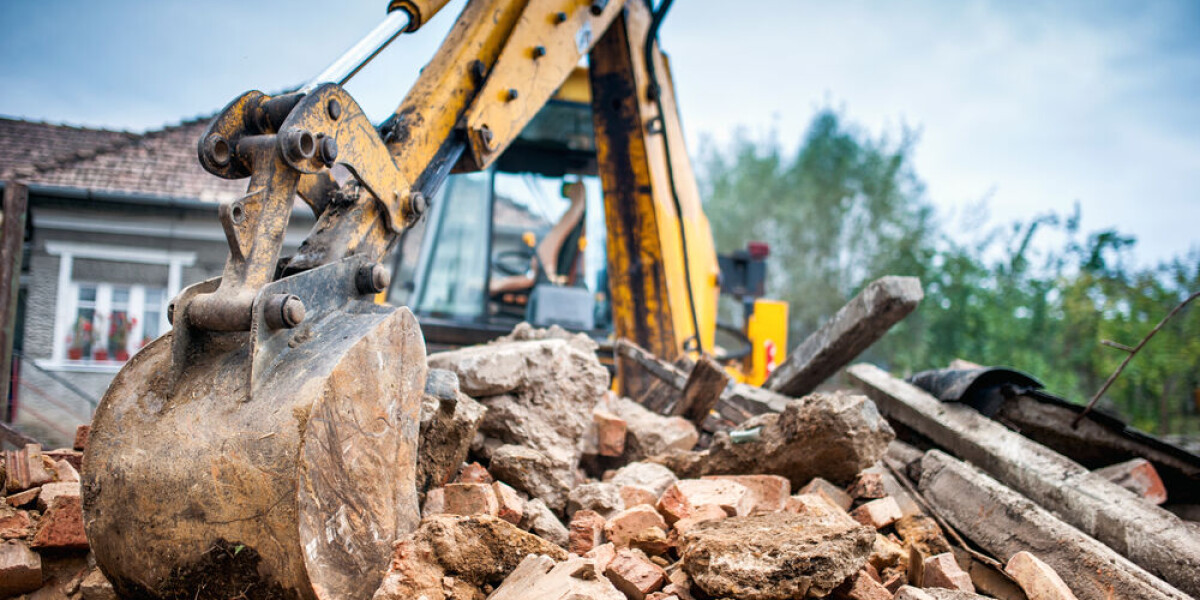
New pool must go due to neighbour’s ‘protected view’ clause in france
- Select a language for the TTS:
- UK English Female
- UK English Male
- US English Female
- US English Male
- Australian Female
- Australian Male
- Language selected: (auto detect) - EN
Play all audios:

COURT RULES PROPERTY MUST BE RETURNED TO ORIGINAL STATE IN LINE WITH CLAUSE PROTECTING A SEA VIEW IN THEIR PROPERTY DEEDS Property owners who renovate their properties could see any works
subject to demolition orders if they break agreements in their property deed ensuring a ‘protected view’ for a neighbouring property. France’s highest judicial court (_cour de cassation_)
recently ruled on a case involving such an agreement written into the sales deed, and saw the construction of a new swimming pool and terrace demolished, so that it did not obstruct a
neighbour’s sea view. The new owner dismissed the clause and built the extensions anyway, believing the request for demolition was ‘disproportionate’ claiming the neighbour’s view was not
directly impacted. However, the court ruled on the side of the plaintiff, saying such clauses allow for the properties in question to be returned to their original state at the point of
sale. ‘PROSPECT EASEMENT’ CLAUSE The clause in question is called a _servitude de prospect_, or prospect easement clause. A much earlier ruling from the _cour de cassation_ states the clause
is: “an agreement between two neighbouring owners,” whereby “the owner of the dominant land may… prevent the owner of the servient land from making any construction, work or plantation, the
effect of which would be to obstruct the view as far as it may extend.” Put simply, this means that one property owner can have the final say in any construction work on a neighbouring
property (or on part of it). The clause can apply to all or part of a property – for example, it might only apply to the back of a home and its garden, but not the front, if that is the area
where constructions may block a particular view. Despite the quote above originating from a court case well over 100 years ago, the clause in question is still used in property deeds today,
and the basis for many subsequent court rulings. Another example from of the clause being cited by the _cour de cassation_ in 2016 can be found HERE, involving a property extension in
Brittany that would have blocked a neighbour’s sea view. NEW OWNER CLAIMED ‘DISPROPORTIONATE RESPONSE’ In the case of the owner who built the new pool, they claimed the plaintiff’s demand
for demolition was ‘disproportionate’ to the construction. They claimed the pool did not directly obstruct their view of the sea, however the plaintiff still took the decision to the courts,
which sided with him due to the servitude de prospect written within the deeds. The court stated that obstruction itself was not a requirement for an infringement of the servitude de
prospect and that construction of the pool on its own was enough. In addition, during cases of property right infringement, demolition is not a disproportionate penalty but the legal norm,
and the removal of the construction is the only way for the properties to be brought back into conformity with what is stated on the deed. The court concluded that it was the plaintiff’s
right to demand the other property be returned to its original state, even if they or their property had suffered no damage. READ MORE: TIPS TO AVOID HOME RENOVATION SCAMS IN FRANCE MUST BE
RECORDED IN PROPERTY DEEDS For a _servitude de prospect_ to be recognised, it must be included in the deeds of both properties. Despite being an agreement involving the previous owners, the
clause continues to hold for both properties even after future property sales. When buying a property, you can check to see if such a clause is included in the sales deed so as to prevent
such issues further down the line. Although most common in houses close to the sea (with owners wanting to protect a ‘sea view’), such clauses can appear in inland property deeds as well.
For a servitude de prospect clause to be removed from a property deed both parties must agree and have the deeds subsequently updated. RELATED ARTICLE HOW CAN I OPPOSE MY NEIGHBOUR’S
BUILDING APPLICATION IN FRANCE?
